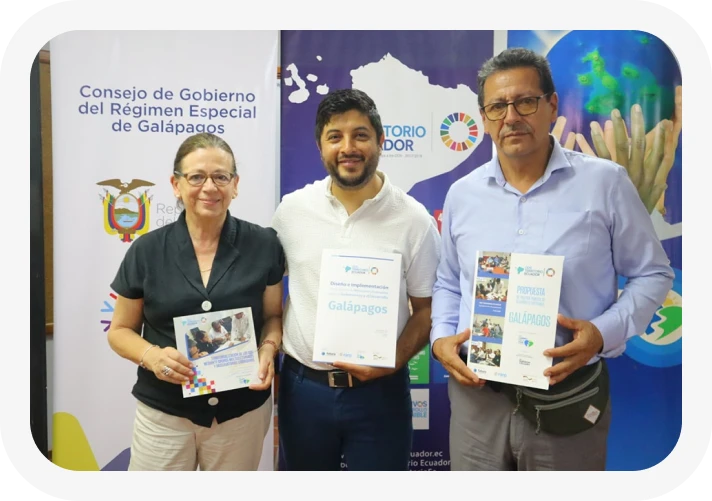Sustainable Development Goals
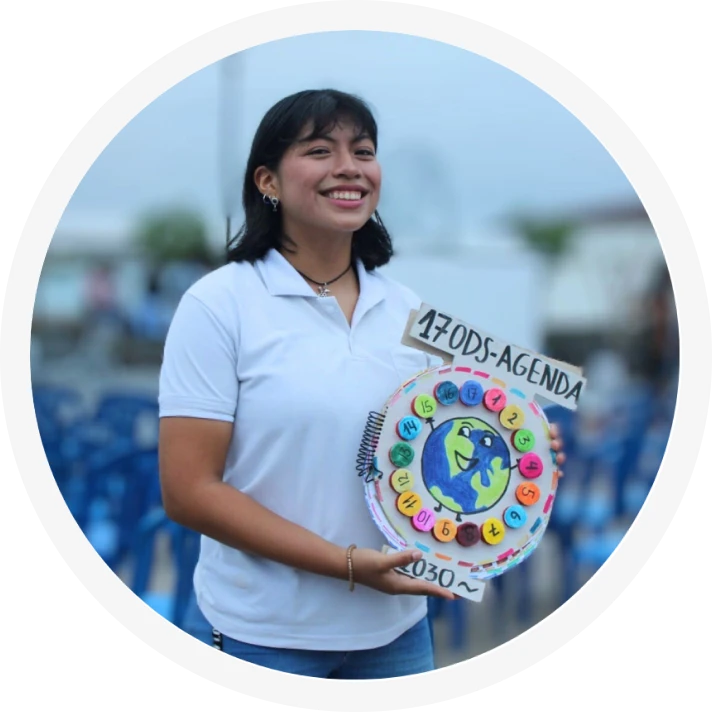
What are the SDGs?
The Sustainable Development Goals (SDGs) were launched by the United Nations in 2015, to replace the Millennium Development Goals. They are made up of 17 Goals which promote peace and prosperity for all people, protection of the planet, and partnerships to achieve these aims. These 17 Goals consist of a total of 169 targets, all of which are designed to be achieved across the globe by 2030.
One of the main barriers to achievement of the Goals/targets is that they are all interlinked and can affect each other. To enable efficient achievement of the 2030 Agenda as a whole, it is important to consider these interactions between the targets and the factors that determine these. To this end, the International Council for Science & the Stockholm Environment Institute suggested a method using network analysis to map out the targets and their interactions, and find the most efficient route to achieving them all in an integrated manner.
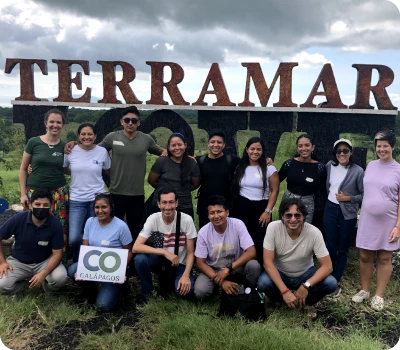
SDGs for Galapagos
SDGs for Galapagos
In 2021, FUNCAVID in alliance with Galapagos Conservation Trust and Kings College decide to launch the Co-Galapagos initiative, to facilitate progress towards the SDGs. The objectives of the initiative are a) Support community projects and young people who want to have experience in sustainability; b) Facilitate connections between those who wish to contribute financially to Galapagos; c) Facilitate connections between project leaders and decision makers and d) build a web platform to collect information on research projects and community projects related to policy proposals in Galapagos.
In April 2021, in collaboration with the Governing Council of the Galapagos Special Regime, a workshop was run with stakeholders, decision-makers and NGOs in the islands to prioritise and contextualise and identify the 40 most urgent of those. This involved two stages of ranking the targets, with participants divided into groups, along with discussions to edit the text of the targets for the context of Galapagos.
"This process is very important for the islands, as it will allow the implementation of the SDGs and their indicators to be grounded in the local reality. The fact that this prioritization has been developed in a participatory manner, and with different actors and local sectors, gives it greater acceptance and ownership." - workshop participant.
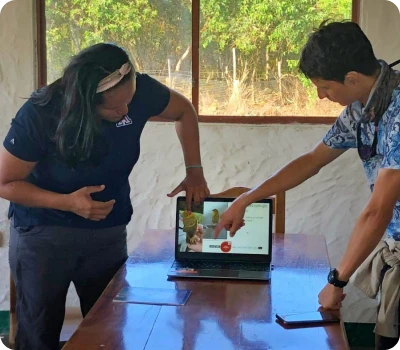
A network of objetives
A network of objectives
In May 2021, a participatory process was developed to evaluate the interactions of the SDG goals with each other.
From the results, a matrix of interactions was produced between the 40 objectives identified as the most important for Galapagos. This tool was accepted and implemented as a methodology for the validation and verification of provincial efforts to promote the sustainable development of the islands, mapping each investment project of the Governing Council of the Special Regime with its respective link to the fulfillment of the SDG goals.
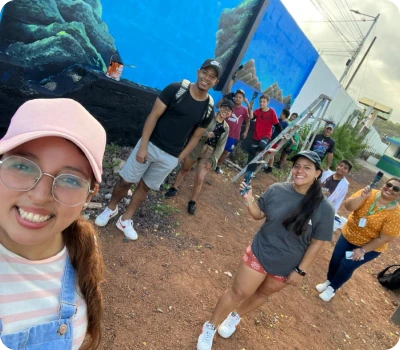
Impacts generated
Impacts generated
The Co Galapagos Project has had a deep and significant impact in the province, fulfilling its mission of promoting collaboration to achieve the SDG Agenda 2030. It has achieved tangible progress in the 40 priority goals of the SDGs, through the active participation of various actors, including researchers, local community leaders and young Galapagos people.
As of December 2023, through the initiative, we support 15 community project leaders and 20 interns, who benefit from the new skills they have acquired through paid work experience related to advancing the SDG goals. Another 10 potential community project leaders received training and advice.
Ongoing projects
These results demonstrate FUNCAVID's commitment to improving social well-being in a sustainable manner and in harmony with the conservation of Galapagos biodiversity, through an approach focused on the empowerment of the local community.
Executed projects
ACKNOWLEDGEMENTS
With thanks to the Governing Council of the Galapagos Special Regime, the Galapagos National Park Directorate and Galapagos Conservation Trust for their support with this project, and the following organisations, groups and individuals for their participation and assistance.
